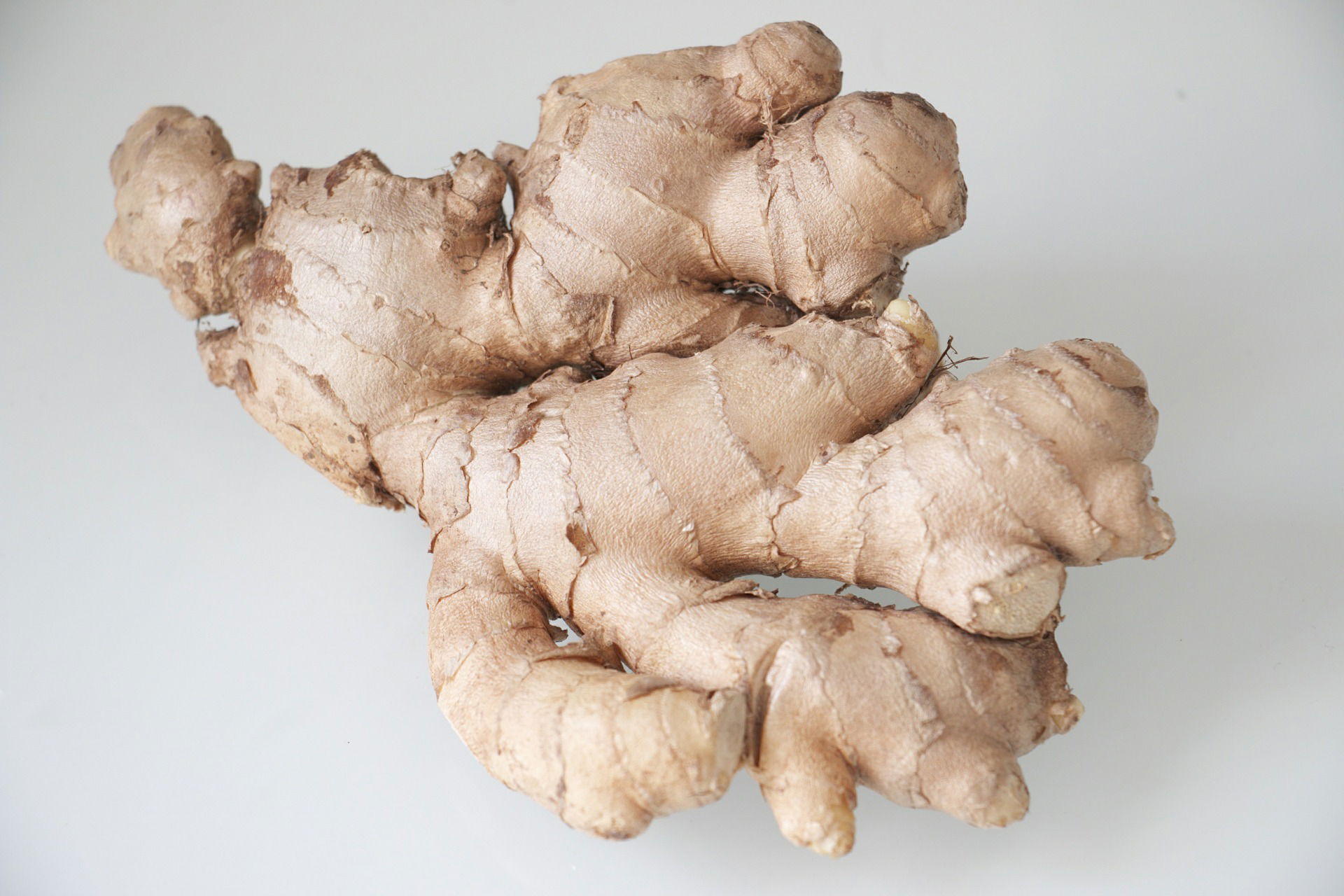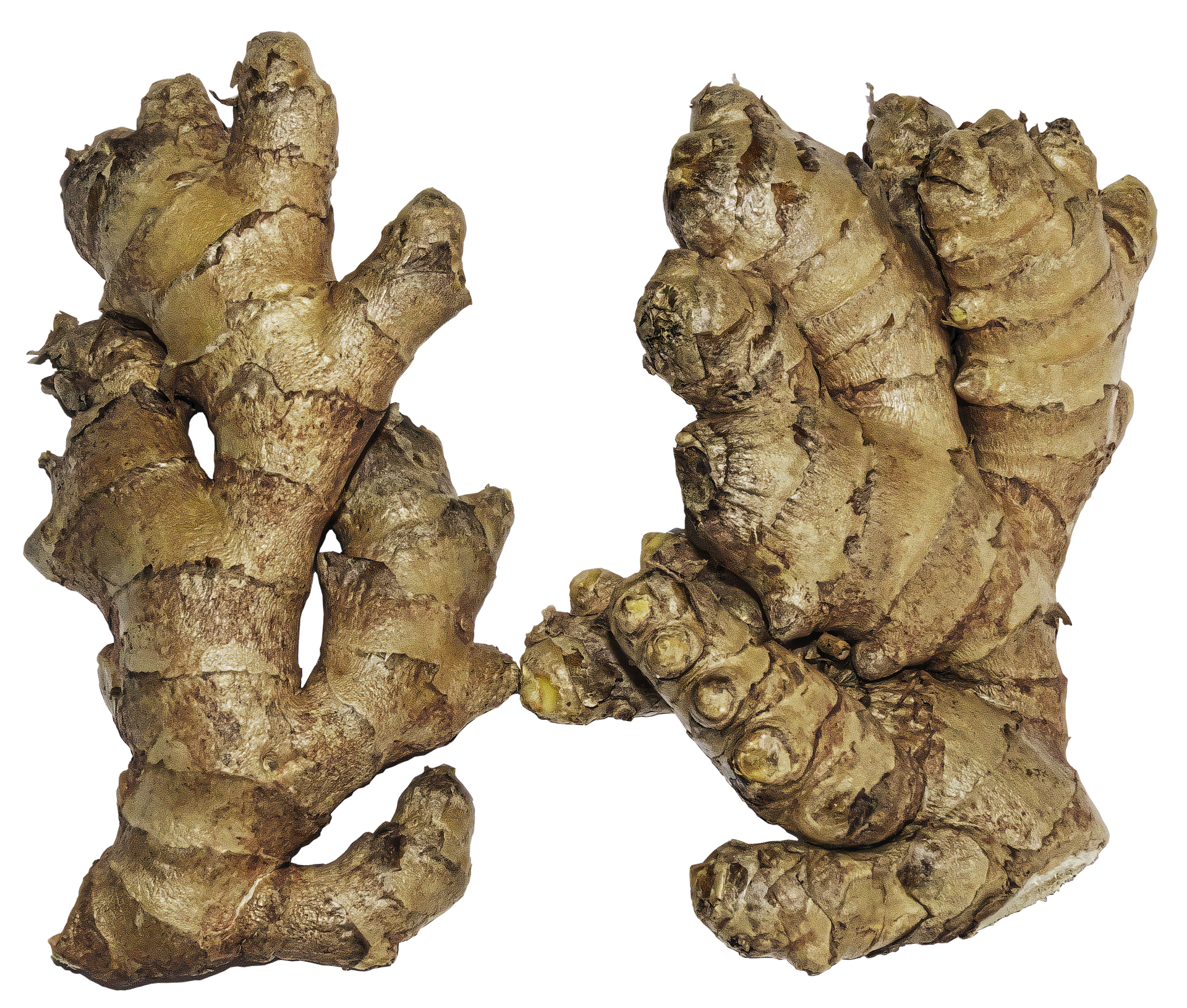How do we grade fresh ginger?
Fresh ginger is graded based on several factors such as appearance, texture, flavor, and aroma. The following are some of the grade qualities of fresh ginger:
- Grade A: This is the highest grade of fresh ginger. The roots are firm, plump, and smooth with a thin skin. They have a strong aroma and a spicy flavor.
- Grade B: This is a mid-range grade of fresh ginger. The roots are slightly less firm and smooth than Grade A, but still have a good flavor and aroma.
- Grade C: This is the lowest grade of fresh ginger. The roots are often wrinkled, fibrous, and have a thicker skin. They have a less intense flavor and aroma than the higher grades.
When purchasing fresh ginger, it is best to choose the highest grade possible to ensure the best quality and flavor.

- Appearance: The appearance of fresh ginger is an important factor in determining its grade. Higher grades of ginger have a smooth, unblemished skin, while lower grades may have wrinkles, bruises, or discoloration.
- Texture: The texture of fresh ginger is also an important factor in grading. Higher grades of ginger have a firm, dense texture that is easy to slice or grate, while lower grades may be fibrous or stringy.
- Flavor: The flavor of fresh ginger is determined by its essential oils, which are responsible for its spicy, pungent taste. Higher grades of ginger have a more intense flavor with a higher concentration of essential oils.
- Aroma: The aroma of fresh ginger is also an important factor in grading. Higher grades of ginger have a strong, spicy aroma that is indicative of its freshness and quality.
It's worth noting that different regions may have slightly different grading systems for fresh ginger. Additionally, the grading of ginger can also depend on the specific use or application, such as cooking versus making tea or using for medicinal purposes.

- Size: Ginger is typically graded by size, with larger roots being considered higher quality. This is because larger roots have a more concentrated flavor and are easier to work with when preparing dishes.
- Origin: The origin of the ginger can also play a role in its grading. For example, ginger from certain regions or countries may be considered higher quality due to factors such as soil quality or climate.
- Age: The age of the ginger can also affect its quality. Younger ginger roots tend to be more tender and have a milder flavor, while older roots can be tougher and have a more pronounced flavor.
- Storage: Proper storage of fresh ginger is important to maintain its quality. Ginger that has been stored in a cool, dry place will typically have a longer shelf life and retain its flavor and aroma better than ginger that has been stored in warmer, more humid conditions.
In general, it's best to choose fresh ginger that is firm, smooth, and has a strong aroma and flavor. When selecting ginger, look for roots that are free of mold or bruises, and avoid roots that feel soft or spongy to the touch.
